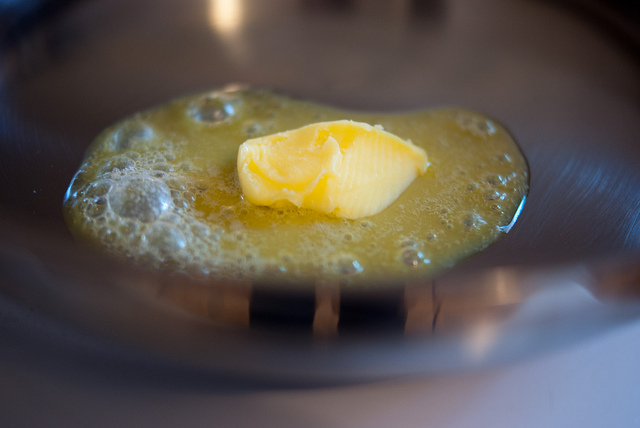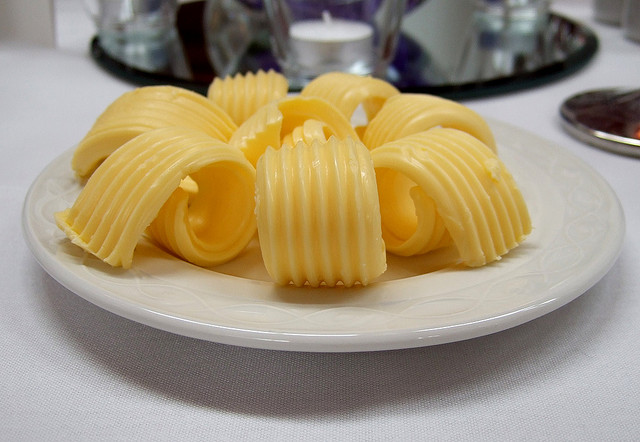Share the post "Healthy Eating: Butter or Margarine?"
When it comes to providing a healthy meal for your family it can be difficult to find the right food nutrition. This is compounded by the fact that you want a healthy family and yet also want the meals to taste good. So when you come across the issue of butter or margarine which do you use? There are various butters and substitutes on the market today and creating a healthy shopping list can be challenging. The following article will outline the differences between butter and its substitutes as well as provide some grocery shopping tips and supermarket ideas so that you can provide your family with healthy eating habits.
Butter vs. Margarine
While butter and margarine have almost become synonymous there are fundamental differences in the two products. Butter has a nutritional profile of 100 calories per tablespoon, 11 grams of fat per tablespoon, and 7 grams of saturated fat per tablespoon. If this sounds like a lot of calories for such a small amount of butter that is because it is. However, it is important to remember that heart-healthy oils such as olive oil often have just as many calories, but what makes butter so bad for you is the high level of saturated fat not the number of calories. Saturated fat eaten in excess can spike your blood cholesterol. Margarine is a part of the oil-based spreads that is approximately 80% fat just like butter, but often times with less fat, saturated fat, and calories. These products tend to have a long list of ingredients that are harmless and mostly there to just to stabilize the product. Unlike butter, one important thing you should look for in margarine are the words “hydrogenated” or “partially hydrogenated.” These words are key in finding margarine or spreadable products that are trans-fat free. If you come across a product that lists hydrogenated or partially hydrogenated oils in its ingredient list then you should try to find a product that does not contain these words. 
Other Butters and Butter Substitutes
- Whipped Butter
This product is butter but has air whipped into it. This produces a lighter and fluffier product both in feel and calories/ fat count. With whipped butter you will generally find about 70 calories per tablespoon, 7 grams of fat per tablespoon, and 5 grams of saturated fat per tablespoon. This will help you save calories can definitely be put on a grocery list for healthy eating because it is much better for your heart than regular butter because you will be using less of it.
- Spreadable Butters
These butters are simply regular butter with a bit of oil (usually canola) in them. It makes for easy spreading, but their nutritional profiles are almost identical to regular butter.
- Stanol- or Sterol- Containing Spreads
It can be difficult with these spreads to determine what is in them because they are patented. But essentially stanols or sterols are plant-based compounds that have been proven to help reduce blood cholesterol in some people. They usually run about 70-80 calories per tablespoon, 8 grams of fat per tablespoon, and 2.5 grams of saturated fat per tablespoon. The light versions often have a little less; however, the most important thing to look for is hydrogenated or partially hydrogenated oils in the ingredient list. When it comes to providing your family with healthy alternatives to butter it is suggested that you go for the whipped butters; however, it you choose a spread remember to read the label!
Share the post "Healthy Eating: Butter or Margarine?"








 EN
EN  RU
RU